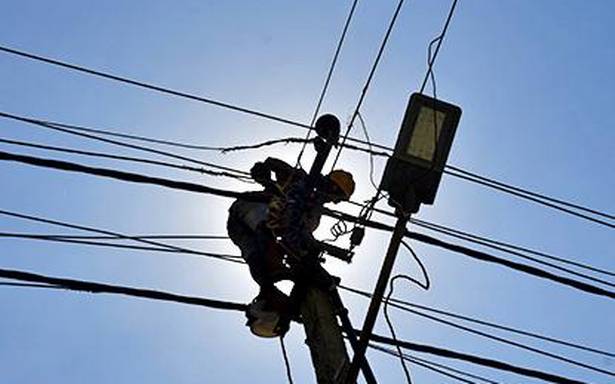At present, they are being subsidised by HT consumers
The tariff revision petition of the Bangalore Electricity Supply Company (Bescom) for FY 2021-22 is touted to be favourable for two sections of consumers in particular – domestic consumers who use less electricity, and HT consumers who use more.
Senior Bescom officials explained that the proposal, if given the go-ahead by the Karnataka Electricity Regulatory Commission (KERC), will introduce “non-telescopic” tariffs for domestic consumers. Officials explained that the power utility has proposed consumption-wise segregation of consumers in the domestic category as a methodology of “intra cross subsidisation” by supplying power to domestic consumers at lower tariff.
The present tariff structure demands cross subsidisation to domestic consumers from other categories such as HT industries, HT commercial and LT commercial, due to which the others are leaving the grid. To retain HT consumers by avoiding cross subsidisation, they want to bring in a different structure.
What this effectively means is that those who consume less than 200 units stand to benefit.
“We have power surplus now, and we want to pass on the benefit to consumers. Earlier, under the telescopic tariffs, consumers were paying ₹4 per unit for the first 30 units, ₹5.45 for 31-100 units, and ₹7 for 101-200 units. They end up paying almost ₹6 per unit on an average. What we are proposing is separating 1 to 30 units, but instead of 31 to 100 units, we are segregating them as 1 to 100 units and 1 to 200 units. So from the first unit itself, per unit they are paying is ₹4.80 for 100 units, ₹3.40 for the first 30 units. Rates have been reduced for consumption up to 200 units,” explained an official.
Fixed charges
As for fixed charges (FC), which Bescom has said is the major component for the tariff hike, it will be increased for all as the deficit the utility is suffering due to the power purchase costs and the tariff approved by the Commission will have to be passed on to the consumers, officials said. The increase in FC will also account for the infrastructure maintenance costs that Bescom incurs despite HT consumers leaving the grid for open access.
In the recent revision, FC were increased by ₹10 per kW/HP/kVA for all installations except irrigation pump sets.
Incentive scheme for HT industrial consumers
On the other hand, to retain HT consumers, Bescom has proposed an incentive scheme for HT industrial, commercial, educational institutes and hospitals whose consumption exceeds 1 lakh or 2 lakh units and above.
“Consumers whose consumption in a month exceeds the previous financial year’s average consumption by 10% are offered a discounted rate of ₹6 per unit. Through this incentive scheme, Bescom is attempting to generate additional revenue from HT consumers by encouraging them to consume over and above the average 12 months’ consumption of FY 2020-21 by offering a concessional tariff rate,” officials explained.
Source: Read Full Article

